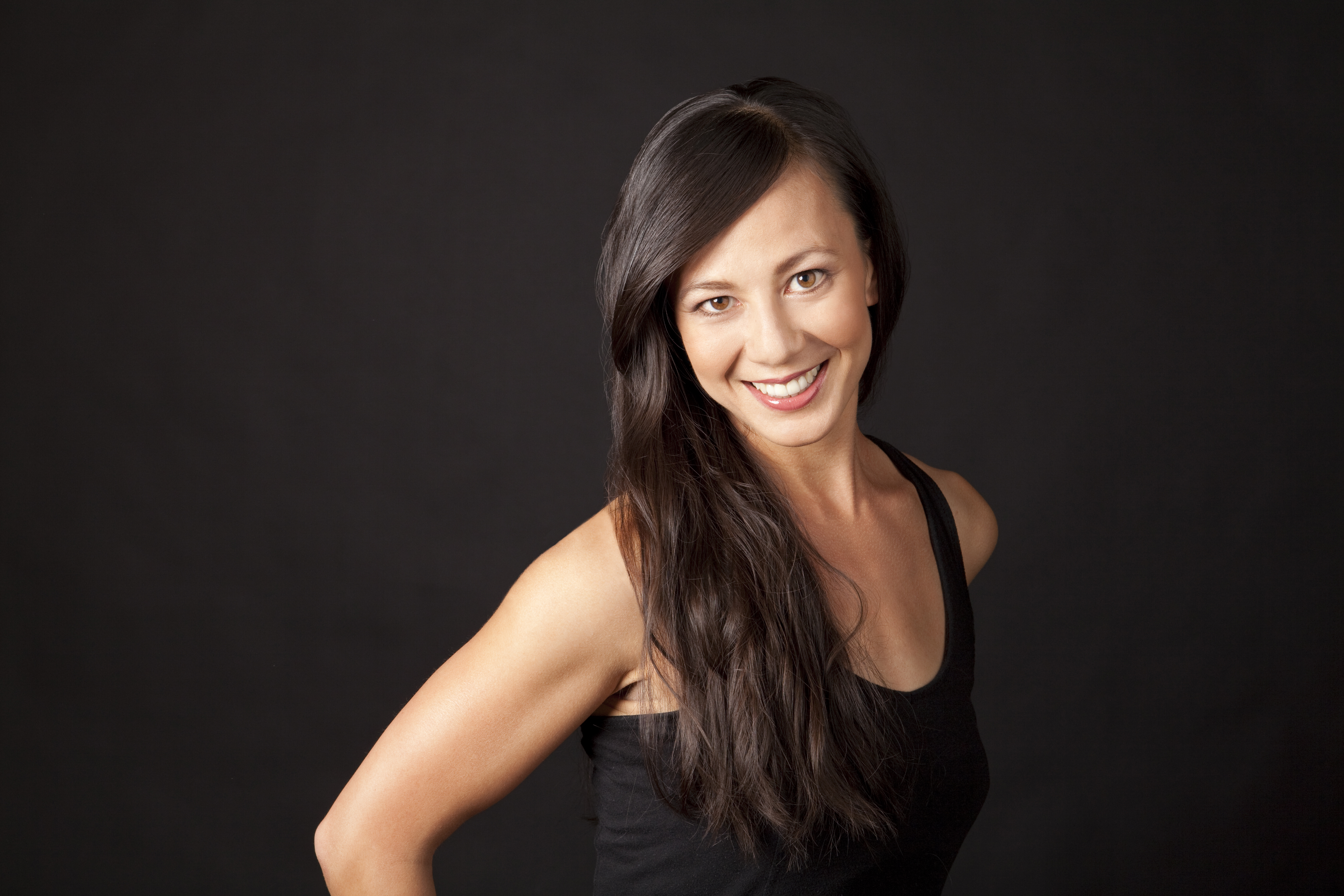We are pleased to have the opportunity to collaborate with award-winning Chicago choreographer Robyn Mineko Williams, particularly during this period of growth and recognition of her work. Williams’ creative residency will culminate in the world premiere of a new piece, debuting in October and kicking off GroundWorks’ Fall Dance Series.
“I love that
We recently sat down with Williams, who danced for River North Dance Chicago and was a member of Hubbard Street Dance Chicago for 12 seasons, to speak with her about her creative residency, where she finds inspiration and her experience working with the GroundWorks company.
Tell us more about this creative collaboration with GroundWorks DanceTheater.
“David [Shimotakahara] called me, kind of out of the blue. I was pleasantly surprised. He told me about the company, how they work, the emphasis on the process. I really admire that in a company – that recognition and respect for the process and not just throwing a work out there. And the GroundWorks dancers are in it to win it. They are just fantastic.”
What can you tell us about this new work? Where did you draw inspiration for this piece?
“I always start with a core idea. For this piece, it’s about reflecting on the idea of perseverance and how those around you can help you stay steadfast. It’s a very simple and universal idea. With any piece, I start with a more general feeling or motion or thought because the work will be affected by the different chemistry of the relationships. That chemistry — how the dancers work with each other — those relationships will make its way into the piece.”
That theme of perseverance is so timely, particularly in our current climate. How does an artist communicate that idea to the audience?
“A lot of my movement when I enter the studio comes subconsciously. I’ll have these thoughts or emotions I want to communicate and they come out, not making any sense at first. As an artist, I tend to be on the side of abstraction. We have phrases and movement, and the cool part of choreography is how we sew phrases into those ideas and thoughts into a coherent piece. I love hearing what the audience’s perspective was and what they took from the work. It might be different from what I see, but that’s the beauty of it.”
How would you describe your creative process?
“I usually don’t start out with a super clear vision. What’s important to me is to build a piece for the dancers I’m currently working with. For instance, we’ll take a phrase and edit it, chop it up, suit it to a specific dancer – things keep evolving. I am not one to come into the studio and lay down the steps and say, ‘Go!’ I really feed on the dancers to help me figure out solutions and partnerships and movement. It’s more interesting to see how a dancer interprets what I’m doing. I’m not looking for someone to do something exactly how I do it.”
How would you describe your style of choreography?
“It’s hard for me to narrow it down. It’s a huge buildup of every experience I’ve had in life. I am everything I have learned. There are so many different techniques, so many different teachers who have influenced me. I’m lucky enough to have been exposed to a huge variety of techniques and styles during my time at Hubbard Street Dance Chicago. A funny story though – a musician I recently worked with told me, ‘Do your signature ‘Robyn moves,’ when we were with a group of other artists. So I guess, in a way, I do have a certain ‘style.'”
You started dancing at age 5 and have done extensive work in your native Chicago. Tell us a little more about your career’s journey.
“I really think it comes down to my desire to be like my mom. My mom danced when she was young, until she had me. The way the story goes is that I begged her, when I was 3, to take dance lessons. She made me wait until I was 5 and took me to her old dance instructor. Even from that young age, I knew dance was something that was a part of me. It was my passion. My mom recognized that but never pushed me. Growing up, it was very much my own goal and my own love.
I’ve been super lucky. My entire professional career has been in Chicago, which is rare. As a dancer, you end up being a gypsy in a way. You go where your career takes you. I built my career in Chicago and I’m very grateful for that.”
Your most recent work, UNDER(cover), premiered in Chicago in May with four sold out shows. Will this new piece for GroundWorks have influences from it?
“Probably not specifically. During the artistic process, it’s about creating a new vocabulary. There will be what my friend called, ‘Robynisms’ in the piece. Maybe nuances will re-occur but it’s important that each piece stand on its own, to reflect a certain time and the people involved.
I’m using a Rachmaninoff piece for the music. That will be very different from UNDER(cover). It’s a beautiful, big, rich piece of music. It’s a challenge that I’ve been curious to take on.”
Audiences love the intensity of Rachmaninoff’s work. Which piece will you be using?
“I’ll be using Rachmaninoff’s Trio Elégiaque No. 1 in G Minor. When I first started researching his music, I listened this work and it struck me immediately. I can’t describe in words why it struck me. I just heard it and I knew. It’s innate.”
Speaking of the “innate,” what about dance moves you?
“Movement is just everything for me. Theoretically, everyone can relate to movement – the humanity and emotion behind it. The smallest gesture can have the greatest meaning. Think of watching the movement of the ocean, or of an animal like a lion – it can communicate so much and make you feel deeply. It isn’t just about my love of dance, but it’s the best way I can express myself.”
What about this creative residency are most looking forward to?
“This is my first time in Cleveland and my first collaboration with GroundWorks DanceTheater. It’s been really wonderful. I was very pleased and excited by the caliber of the artists. My first day in the studio I was like, ‘Alright, we are going to dig deep and do something very real together.’ It’s a great feeling to work in that kind of environment.”
What do you think makes this partnership unique, or different, compared to your other experiences?
“I think it’s David [Shimotakahara] himself. He’s such a calm and very “together” kind of person. The way he was explaining GroundWorks, how they work, the way he spoke about his dancers. You imagine a very healthy place to be and work. And it is. The company puts a huge priority on the people. I fully believe when the people feel good and are taken care of, it makes an amazing difference in the end product. David spoke to that kind of environment which was very inviting to me.”
Don’t miss the world premiere of Williams’ new work on Oct. 14 & 15 at the Allen Theater at Playhouse Square and Nov. 18 & 19 at Akron Public Library.
(Photo: Cheryl Mann)

